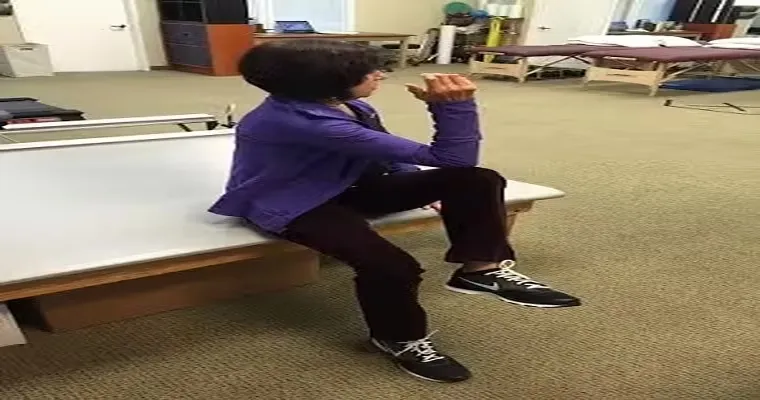Dealing with a "stroke victim" who wants to go to the "gym" can be a challenging situation for caregivers and family members. While it is natural for individuals to want to regain their independence and return to their fitness routines, it is essential to prioritize their "safety" and well-being above all else. This article will provide guidance on how to handle this delicate situation effectively.
First and foremost, it is crucial to understand the "medical implications" of a stroke. Recovery can vary significantly from person to person, and factors such as the type and severity of the stroke, overall health, and any existing medical conditions play a vital role in determining what activities are safe. Before making any decisions about gym activities, consult with the stroke victim's healthcare provider or a physical therapist. They can provide a tailored assessment and recommendations based on the individual’s specific needs.
Once you have a clear understanding of the medical guidelines, it is important to communicate openly with the stroke victim. Express empathy for their desire to exercise and acknowledge their feelings. Let them know that you understand the importance of physical activity for their recovery and overall health. However, explain the potential risks associated with returning to the gym too soon. Use clear and compassionate language to convey that your primary concern is their safety and long-term recovery.
To help them cope with their desire to exercise, consider suggesting alternative activities that are safer and more appropriate for their current condition. Low-impact exercises, such as walking, stretching, or gentle yoga, can be beneficial and can often be done at home or in a controlled environment. These activities can help maintain their physical health without the risks associated with a gym setting.
Additionally, you might want to explore the possibility of supervised exercise programs specifically designed for stroke survivors. Many community centers and rehabilitation facilities offer classes that cater to individuals recovering from a stroke. These programs often provide a safe environment with trained professionals who can guide the victim through appropriate exercises, ensuring that they are both effective and safe.
Encouraging the stroke victim to set realistic and achievable fitness goals can also help redirect their focus. Discuss their progress and celebrate small victories along the way. This approach not only fosters a sense of accomplishment but also helps them stay motivated and engaged in their recovery process.
If the stroke victim continues to express a strong desire to return to the gym, consider involving them in discussions with their healthcare team. This way, they can hear firsthand the medical advice regarding their condition and the importance of waiting until they are fully ready to resume more strenuous activities. Hearing this information from a professional may have a greater impact than only hearing it from family or friends.
In conclusion, dealing with a stroke victim who wants to go to the gym requires a careful balance of empathy, communication, and safety considerations. By understanding the medical implications, fostering open dialogue, suggesting safer alternatives, and involving professional guidance, you can help the stroke victim navigate their fitness aspirations while prioritizing their health and well-being.





